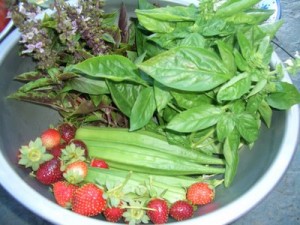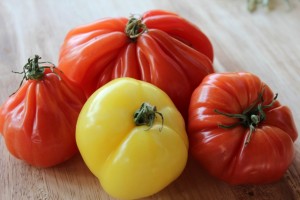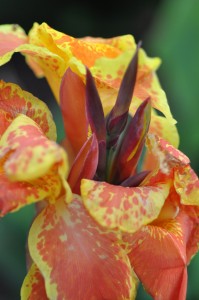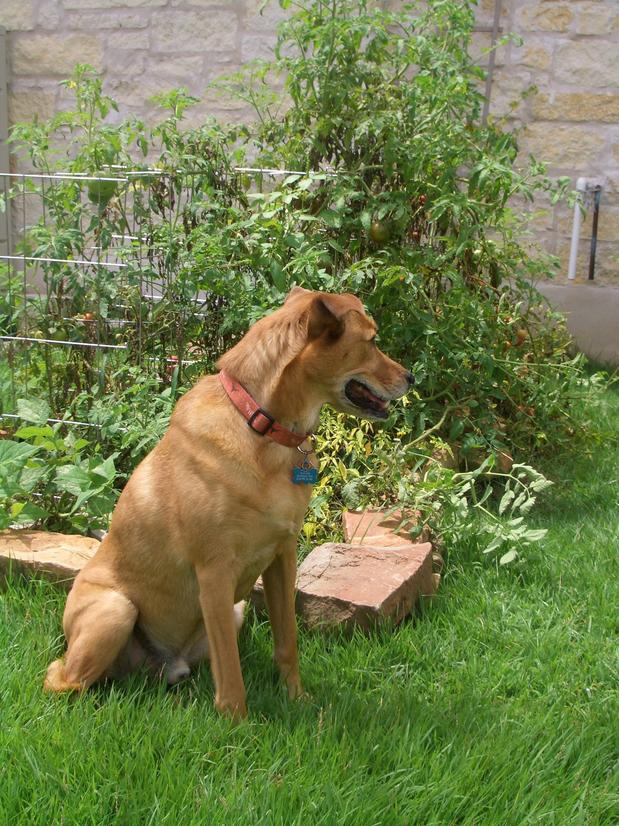Grow herbs in containers all year long

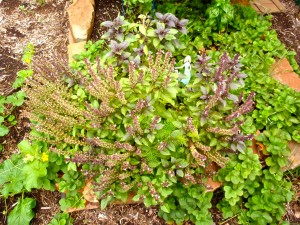 Last month I wrote about herb-growing seasons for the outdoor garden. If you’re not a gardener or you don’t have a garden, growing herbs in containers is the perfect way to perk up some pasta for dinner.
Last month I wrote about herb-growing seasons for the outdoor garden. If you’re not a gardener or you don’t have a garden, growing herbs in containers is the perfect way to perk up some pasta for dinner.
A few pretty pots on the porch or on your windowsills inside the house can allow you to enjoy herbs, even out of season.
Most herbs love the sun and require at least three to four hours a day, so make sure you place them where they will get a lot of direct sunlight. Prune and pinch off blooms just as you would outside in the garden to prolong the life of your herbs.
When growing herbs in pots, it’s important to remember to use containers with good drainage and a lightweight potting soil. Choose a mix designed specifically for pots that will help the soil to drain properly. If your pretty pottery doesn’t have a drainage hole, either add one yourself or plant the herb in a plastic pot with holes and then place it inside the pottery. Just putting rocks in the bottom of a pot with no drainage hole won’t suffice. Small pots will dry out faster and require frequent or even daily watering.
Trendy, eye-catching containers are all the rage these days, everything from cowboy boots to teapots, depending on your taste. Be creative about your container herb garden and add an element of style to your tasty space.
Last month, I listed some interesting herbs from A to C. Below is a list of herbs from the middle part of the alphabet, along with some of their characteristics.
- Dill — Known primarily for its use in pickling and vinegars and fish dishes, dill is grown for its leaves and its seeds like cilantro. It has a distinct flavor. Dill prefers cool weather and can be direct seeded into the soil or purchased at nurseries as transplants. Because it has a very long tap root, it can tolerate our long dry spells with only average watering. Dill is suited to container gardening but might need to be staked because it gets tall.
- Lavender — A perennial and an attractive landscape ornamental plant, there are seemingly endless varieties of lavender. Grown in Mediterranean climates, it sometimes struggles with the heat of our summers. Like rosemary, it should dry out between watering and should not be allowed to have wet roots. Common in French cooking and an ingredient in the herb mix Herbes de Provence, it lends a sweet, aromatic flavor. It’s widely used in sachets, soaps and perfumes.
- Lemongrass — It comes in several varieties and can grow 2 feet to 5 feet tall. It likes heat and humidity and full to part sun; it is not cold-tolerant and should be mulched or covered in mild freezes.
Indigenous to Asia and India, lemongrass is frequently used in teas and in cooking. The leaves are harvested down to the ground, using the outer stalks first when they are at least ½-inch thick. Remove hardest outer leaves and slice like scallions. You also can bang on the stalk with a heavy knife handle or spoon to bruise it and put a large stalk into soup to infuse the flavor and remove before serving. Chopped pieces can be placed in a plastic bag and frozen for future use. Lemongrass repels insects and is used in pesticides.


